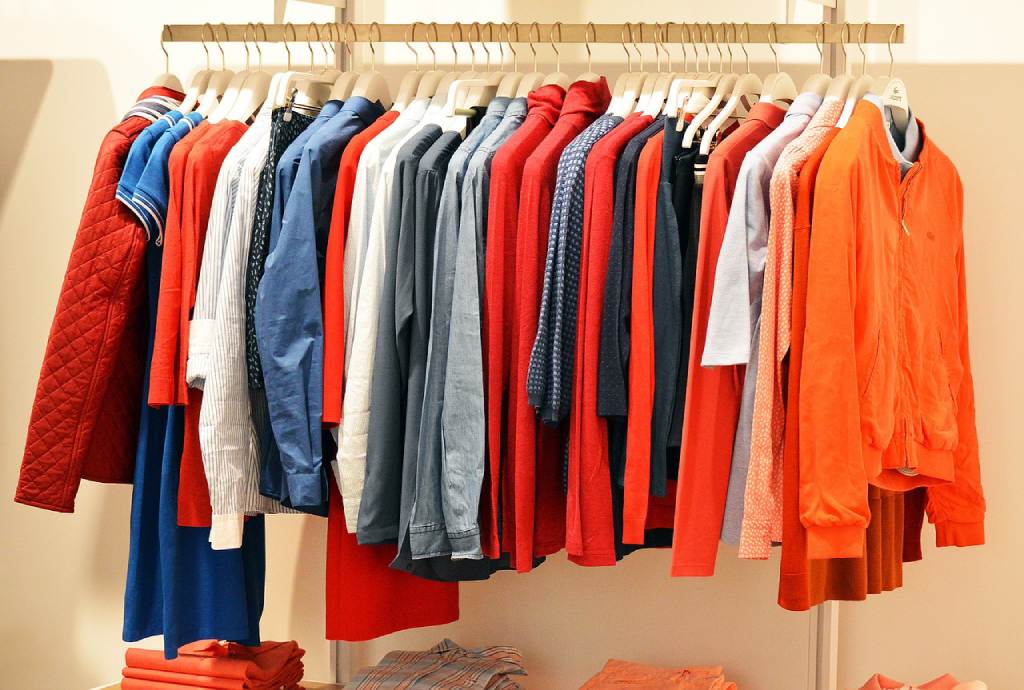
IESE Insight
Fast Fashion: Retail Strategy Flying Off the Racks
Ordering two clothing collections a year is so last season. The latest successful retail model is fast fashion, used by companies such as Zara. Professors Victor Martínez de Albéniz and Felipe Caro explore this hot business strategy, explaining how companies can use assortment rotation to increase consumer spending and gain competitive advantage.
The retail fashion industry has witnessed a revolution in recent years, with stores like H&M and Zara surpassing Gap to become major players in the market, with higher profitability than traditional retailers. So what do these firms have that traditional retailers don't?
These companies apply a relatively new business strategy known as fast fashion: They introduce clothing collections based on the latest fashion trends but designed and manufactured quickly and cheaply, to allow the mainstream consumer to take advantage of current clothing styles at lower prices.
Victor Martínez de Albéniz of IESE and Felipe Caro of UCLA Anderson School of Management describe this strategy in "The Effect of Assortment Rotation on Consumer Choice and Its Impact on Competition," which appears as a chapter in the 2009 book, Consumer-Driven Demand and Operations Management Models.
A key to the success of this business model, say the authors, is the role of assortment rotation — or the amount of variety and turnover — to increase sales and gain competitive advantage. Just how often a company should rotate its products is what the authors sought to describe.
Assortment rotation is desirable
Assortment rotation is relatively unexplored in the literature, but the authors argue that this is what sets fast fashion retailers apart from the rest. Assortment rotation represents a complete departure from the traditional two-season approach to fashion, keeping customers coming back to spend money on a regular basis.
An article in the Spanish newspaper, El País, noted the changed buying patterns: "(Consumers) acquire clothes 12 times a year, and every time we enter a store we want to see something new. Otherwise, we get bored." Having just two collections a year was a retail practice described as "Jurassic."
Introducing new product lines more often boosts sales: The typical Zara customer, for example, visits its stores an average of 17 times a year, as opposed to the average 3.5 visits across the industry.
The authors recommend how companies can use assortment rotation to increase consumer spending in their stores. To do so, they use a multi-period consumption model, indicating the point when consumers become "satiated" — in other words, when they see no new assortment, and so begin consuming less at that particular store.
Their findings show that for any retailer, some degree of assortment rotation is desirable. But how often that rotation should occur depends on a company's cost structure and what the competition is doing.
For example, if the competition is not rotating its products, then a retailer could get away with changing its assortment only slightly. If a competitor starts changing the assortment more often, then a retailer should shift its assortment rotation into full gear to steal some market share. As a result, a company with low rotation costs (the cost of creating and distributing products quickly) is more likely to capture a greater chunk of the market than a company with high rotation costs.
A successful retailer will know its competition and act accordingly. By keeping close tabs on the industry, it can select the right products to rotate. Retailers must strike the right balance between the pace of their rotations and cost structure. Above all, they must develop capabilities to manage variety efficiently.
MORE INFO: "The Nuts and Bolts of Fast Fashion"
